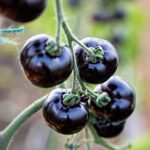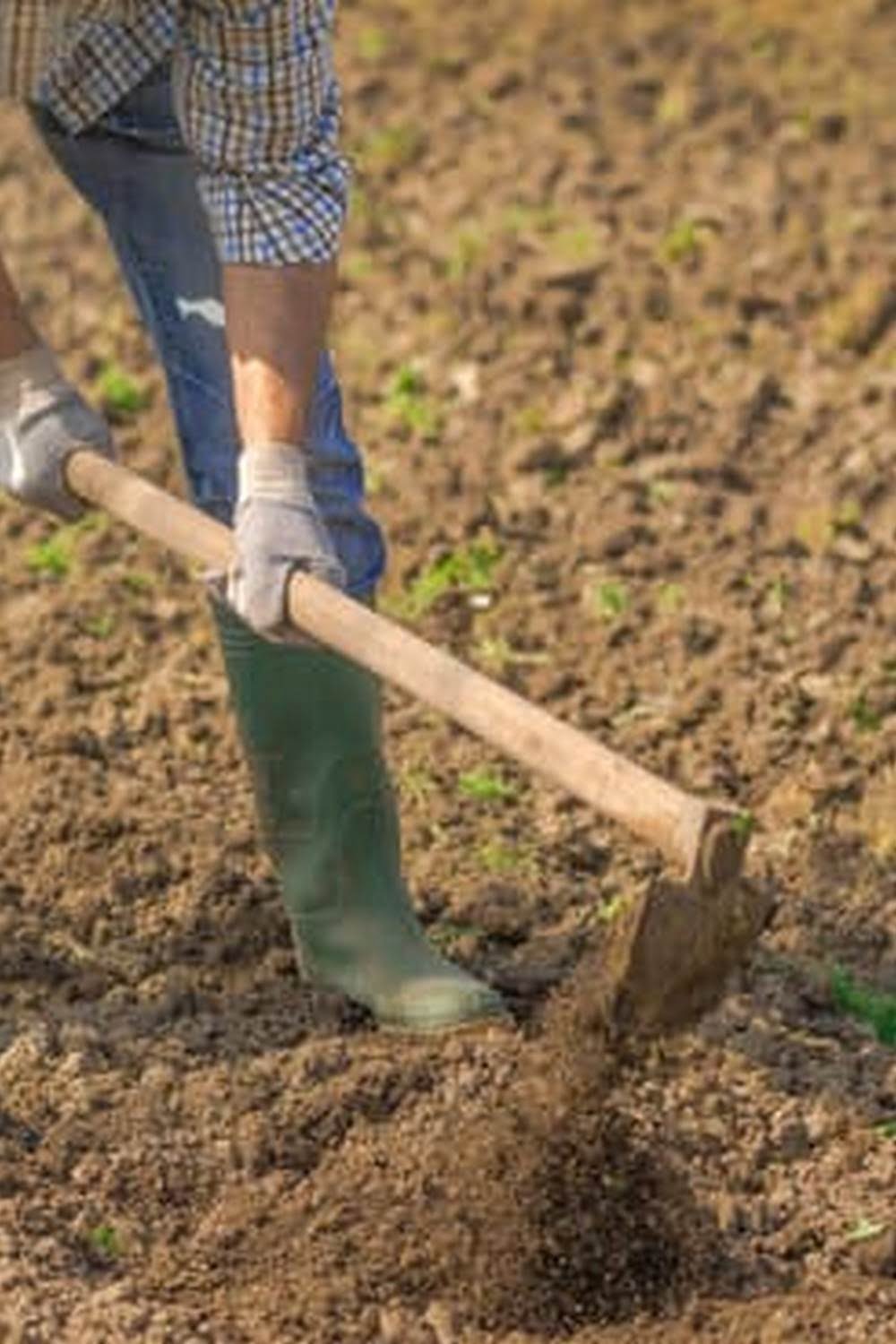Are you wondering how to prevent insects and diseases affecting gardening vegetables? When it comes to cultivating a thriving vegetable garden, one of the biggest challenges faced by gardeners is dealing with pest insects and diseases that can wreak havoc on their crops. In this article, we will delve into the importance of preventing insects and diseases in gardening vegetables, as well as explore various methods and strategies to effectively manage these issues.
In order to maintain the health and productivity of your vegetable garden, it is crucial to understand the impact that insect pests and plant diseases can have on your plants. Not only can these issues cause irreparable damage to your crops, but they can also significantly reduce your overall yield. By being proactive in preventing and managing these problems, you can ensure a bountiful harvest of healthy and robust vegetables.
Throughout this article, we will discuss common insects that pose a threat to vegetable plants, how to identify and address prevalent diseases, as well as implement integrated pest management strategies and organic solutions for natural control. Additionally, we will explore the significance of proper planting techniques, crop rotation practices, and maintenance tips to minimize the risk of insect infestations and disease outbreaks.
Join us as we dive into the world of gardening vegetables and learn how to protect your precious plants from harmful pests and diseases.
Common Insects
In gardening vegetables, one of the biggest challenges is dealing with pest insects that can wreak havoc on your plants. Understanding how to prevent insects and diseases affecting gardening vegetables is crucial for a successful harvest. By implementing the right strategies, you can effectively manage and control pest infestations in your vegetable garden.
One of the first steps in preventing insect damage is to identify the common pests that affect vegetable plants. Some of the most common insect pests include aphids, caterpillars, beetles, and mites. Once you are able to recognize these pests, you can then take appropriate measures to manage and control their populations in your garden.
There are several natural methods that can be used to manage pest insects without resorting to chemical pesticides. For example, introducing beneficial insects like ladybugs or lacewings can help keep pest populations in check. Additionally, using physical barriers such as row covers or sticky traps can prevent insects from reaching your vegetable plants.
Implementing crop rotation techniques can also help reduce the risk of insect infestations. By rotating your vegetable crops each season, you can disrupt the life cycle of pests and reduce their numbers. This practice not only helps prevent insect damage but also promotes overall soil health.
| Common Insects | Management Techniques |
|---|---|
| Aphids | Introduce beneficial insects like ladybugs or lacewings |
| Caterpillars | Use physical barriers such as row covers or sticky traps |
| Beetles | Implement crop rotation techniques |
| Mites | Maintain overall soil health |
By carefully managing and controlling pest insects through these various methods, you can protect your vegetable garden from potential infestations and ensure a bountiful harvest of healthy produce.
Disease Identification
Identifying common diseases in vegetable plants is crucial for preventing widespread damage to your garden. Here are some of the most common diseases to watch out for, along with tips on how to address them:
1. Powdery Mildew: Powdery mildew is a fungal disease that appears as a white powdery substance on the leaves of plants. To prevent this disease, ensure good air circulation around your plants by properly spacing them apart. You can also use organic fungicides such as neem oil or sulfur to treat powdery mildew.
2. Tomato Blight: This disease affects tomato plants and is caused by a fungus-like organism. To prevent tomato blight, avoid overhead watering and make sure there is proper drainage in your garden. Remove and destroy any infected plant material to prevent the spread of the disease.
3. Downy Mildew: Downy mildew affects a variety of vegetables, including cucumbers, lettuce, and spinach. To prevent downy mildew, water your plants in the morning so that they have time to dry before evening. Consider using copper-based fungicides as an organic treatment option.
It’s important to regularly inspect your vegetable plants for signs of disease and take proactive measures to address any issues that arise. By implementing proper disease identification and management techniques, you can keep your vegetable garden healthy and thriving throughout the growing season.
Integrated Pest Management
Understanding Integrated Pest Management
Integrated Pest Management (IPM) is an environmentally friendly and sustainable approach to managing pests and diseases in the garden. This method focuses on prevention, monitoring, and control through a combination of cultural, biological, and mechanical techniques. By using IPM strategies, gardeners can minimize their reliance on chemical pesticides while effectively managing insect and disease issues.
Implementing IPM Techniques
One key aspect of IPM is regular monitoring of the garden for signs of pest and disease problems. By keeping a close eye on vegetable plants, gardeners can identify issues early and take appropriate action before they become more serious. Additionally, practicing good sanitation by removing plant debris and weeds can help prevent the spread of diseases and reduce insect habitats.
Another important aspect of IPM is promoting biodiversity in the garden. By including a variety of plant species, beneficial insects are attracted to the garden, helping to naturally control pest populations. Utilizing natural predators such as ladybugs and lacewings can also be an effective way to manage common pests like aphids and caterpillars.
Utilizing Biological Controls
Biological controls, such as introducing beneficial insects or using microbial pesticides derived from naturally occurring organisms, are an integral part of IPM. Beneficial insects like parasitic wasps or predatory mites can prey on pest populations without causing harm to vegetable plants. Microbial pesticides made from fungi or bacteria can also target specific pests while minimizing negative effects on other organisms.
By implementing these integrated pest management techniques, gardeners can effectively prevent insects and diseases from affecting their gardening vegetables while maintaining a healthy and sustainable garden environment without relying heavily on synthetic chemicals.
Organic Solutions
When it comes to gardening vegetables, utilizing organic solutions is a crucial aspect of preventing insect infestations and diseases. Organic methods not only help protect the environment but also keep your garden produce safe for consumption. One effective way to prevent pests and diseases in your vegetable garden is by using natural predators or beneficial insects.
For example, ladybugs are known to feed on aphids, which are common pests in vegetable gardens. By introducing ladybugs into your garden, you can naturally control aphid populations without the need for harmful chemical pesticides.
Another eco-friendly method for preventing insect and disease issues in gardening vegetables is through the use of companion planting. Certain plants release natural chemicals that repel or confuse pests, making it an effective way to protect your vegetable crops. For instance, planting marigolds alongside tomatoes can help deter nematodes and other harmful insects that commonly affect tomato plants.
In addition to companion planting and beneficial insects, organic solutions also include using natural homemade remedies such as garlic sprays or neem oil to ward off pests. These solutions are non-toxic and safe for both plants and the environment, providing an effective alternative to chemical pesticides. By incorporating these organic methods into your gardening routine, you can effectively prevent insect infestations and diseases while promoting a healthy and sustainable garden ecosystem.
| Organic Pest Control Method | Description |
|---|---|
| Natural Predators/Beneficial Insects | Introduce ladybugs or lacewings into the garden to control aphid populations. |
| Companion Planting | Planting marigolds with tomatoes to repel nematodes and other harmful insects. |
| Homemade Remedies | Using garlic spray or neem oil as a non-toxic alternative to chemical pesticides. |
Proper Planting
Importance of Healthy Soil
Healthy soil is the foundation of a thriving vegetable garden. Soil that is rich in nutrients and has good drainage can help plants develop strong roots and resist pests and diseases. Before planting, it’s essential to test the soil and make any necessary adjustments to ensure it meets the needs of the vegetables being grown.
Improving Soil Health
One way to improve soil health is by adding organic matter such as compost or aged manure. This helps to boost the nutrient content of the soil and encourages beneficial microorganisms that can help protect plants from diseases. It’s also important to maintain proper pH levels for specific vegetables, as different plants thrive in different pH ranges.
Developing Planting Plans
When planning a vegetable garden, it’s important to consider which crops are planted together. Some plants can repel certain pests or attract beneficial insects, while others may be more susceptible to diseases when grown near certain crops. Developing a thoughtful planting plan can help reduce the risk of insect infestations and diseases affecting gardening vegetables.
Spacing and Placement
Proper spacing between plants can promote good air circulation, reducing the likelihood of disease development. Additionally, certain planting methods, like companion planting or raised beds, can help manage insect populations naturally. Understanding the ideal placement for each vegetable plant based on its specific needs is crucial in preventing pest and disease issues.
Overall, following proper soil preparation techniques and implementing strategic planting methods are key elements in preventing insects and diseases affecting gardening vegetables. By creating an environment that promotes plant health and resilience, gardeners can minimize the risks associated with pest infestations and plant diseases, ultimately leading to a successful harvest of vibrant and healthy vegetables.
Crop Rotation
Here are some crops that can be rotated to help prevent insect and disease issues in vegetable gardens:
- Legumes (peas and beans): These plants add nitrogen to the soil, which can benefit subsequent crops such as leafy greens or brassicas.
- Brassicas (cabbage, broccoli, and kale): These plants can help reduce nematode populations in the soil, making them a good follow-up for root vegetables.
- Solanaceae (tomatoes, peppers, and eggplants): These plants can be followed by legumes to replenish soil nitrogen.
In addition to disrupting pest and disease cycles, crop rotation also helps improve soil structure and fertility. Different types of vegetables have different nutrient needs, so rotating crops can help maintain soil health by preventing depletion of specific nutrients. Healthy soil contributes to healthier plants that are more resistant to pests and diseases.
Overall, implementing crop rotation techniques is an effective way to prevent insects and diseases from affecting gardening vegetables. By diversifying the types of crops grown in a particular area over time, gardeners can reduce the risk of pest infestations and disease outbreaks while promoting overall plant health.
Maintenance Tips
In conclusion, preventing insects and diseases from affecting gardening vegetables is essential for maintaining a healthy and thriving garden. Understanding the common pests and diseases that can impact vegetable plants is the first step in implementing effective prevention strategies. By identifying and managing pest insects, recognizing and addressing common diseases, and implementing integrated pest management techniques, gardeners can minimize the risk of infestations and outbreaks.
Utilizing organic solutions and eco-friendly methods can also help prevent pest infestations and diseases without harming the environment or beneficial insects. Proper planting techniques, such as establishing healthy soil and utilizing crop rotation, can further reduce the risk of insect and disease issues. Implementing maintenance tips like pruning, watering, and other best practices can also help keep vegetable plants healthy and resistant to pests and diseases.
Overall, by following these preventive measures, gardeners can significantly reduce the impact of insects and diseases on their gardening vegetables. With a combination of proactive strategies for prevention and careful monitoring for early signs of problems, it is possible to enjoy a bountiful harvest of healthy vegetables while minimizing the need for chemical pesticides or treatments.
By taking these steps to prevent insects and diseases from affecting gardening vegetables, gardeners can maintain a sustainable and thriving garden for years to come.
Frequently Asked Questions
How Do I Protect My Vegetable Garden From Insects?
To protect your vegetable garden from insects, you can start by practicing good garden hygiene, such as removing any plant debris or weeds that may attract insects. Additionally, you can use natural insect repellents like neem oil or garlic spray to deter pests.
How Can We Prevent Diseases in Vegetable Garden?
Preventing diseases in your vegetable garden starts with selecting disease-resistant varieties of vegetables to plant. Proper irrigation and avoiding overhead watering can also help prevent the spread of diseases. It’s important to keep an eye out for any signs of disease and promptly remove any infected plants to prevent further spread.
How Do I Keep My Vegetable Garden Healthy?
Keeping your vegetable garden healthy involves regular maintenance such as watering, fertilizing, and mulching. It’s important to monitor your plants for any signs of nutrient deficiencies or pest infestations and take appropriate action. Additionally, crop rotation can help prevent the buildup of pests and diseases in the soil, keeping your garden healthy and productive.

If you’re looking to get into vegetable gardening, or are just looking for some tips on how to make your current garden better, then you’ve come to the right place! My name is Ethel and I have been gardening for years. In this blog, I’m going to share with you some of my best tips on how to create a successful vegetable garden.





